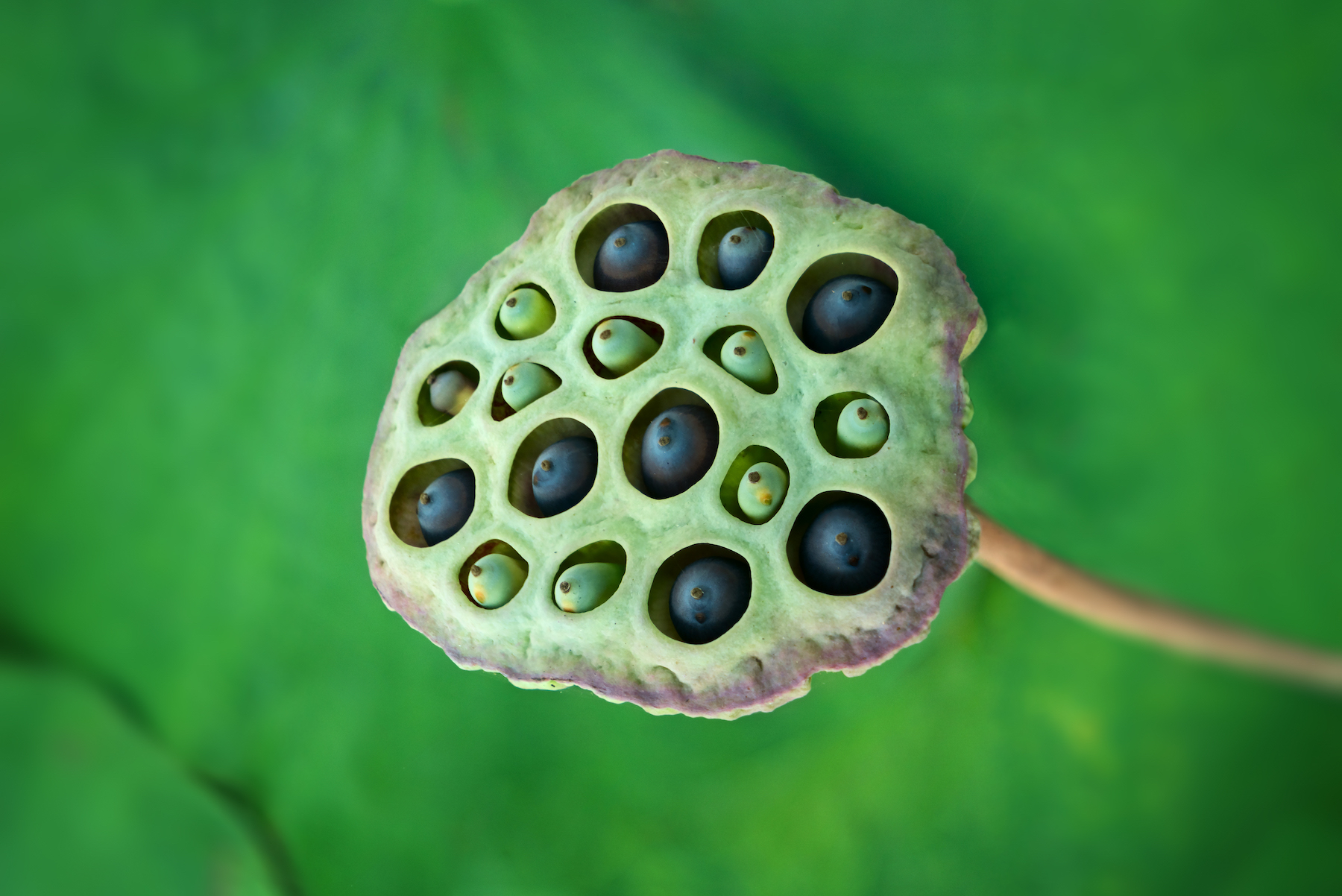Healing with DMSO by Amandha Vollmer offers a guide to use dimethyl sulfoxide (DMSO) for a variety of ailments. It is important to note the safety protocols before beginning and do your own additional research. This easy-to-read book also includes recipes for specific conditions beyond the most basic application,
DMSO has been floating around in my view for quite a while. Whispers of how much it’s helped people continued to build. Perhaps you came across it because of its veterinarian uses. Amandha Vollmer herself first became aware of it from sports medicine. It took her another decade before trying it out. This led her into a deep dive reading studies, which her medical training and background in chemistry helped. So maybe it’s your time to further investigate DMSO. If so, read on.
I had known that DMSO helps with a very large variety of conditions. In the introduction of her book, Amandha introduces a list – strokes, heart attacks, pain, protection of DNA from radiation damage, nutrient absorption, hair growth, cataract healing, aches and pains…and she notes that DMSO is non-addictive and does not have side effects. She called it “Miracle Healer” in her first video. It’s something she thinks every household, first aid kit, doctor’s office, and hospital should have. What is this DMSO?
What is DMSO?
DMSO is a natural compound discovered in 1866 by chemist Alexander M Saytzeff, who oxidized dimethyl sulfide. It comes from tree lignin, which is part of plant cell walls, and it is part of earth’s sulfur cycle. It occurs in some foods, such as coffee, tea, wine, and asparagus.
Two other names are notably connected to DMSO – another chemist, Robert Herscheler and the surgeon Dr Stanley Jacob. They have done research and clinical work with DMSO going back to the 1960s.
As a by-product in the paper making industry, DMSO became a focus for research for additional applications. Some criticize the intent behind the research was to minimize or eliminate disposal costs. Opponents also see that, in parallel with the oil industry, this research direction led to monetizing byproducts that by nature are toxic. In any case, it led to its first applications, nearly a hundred years after its discovery, in industrial and medical uses. That DMSO is a potent substance is not disputed and the DMSO controversy continues.
Healing With DMSO references research the author has parsed through to show that DMSO at proper dosage is nontoxic to cells and can penetrate skin without damage. It can dissolve water- and alcohol-based solutes and it is used, for example, as a cryoprotective agent for bone marrow and blood cells for transplantation.
As mentioned, DMSO is also used in sports medicine. It addresses sprains and soft- tissue injuries, with a reduction in recovery time.
DMSO is a fascinating substance. Its size about that of a water molecule, along with other qualities, allows it to move transdermally. It is both hydrophilic (water-loving) and lipophilic (fat-loving) and it stimulates a shift in fat molecules from a gel state to liquid crystalline. Because it allows access to the body, vitamins, homeopathics, minerals, etc. are enhanced when used together. Of course, the door is open for not only these substances. It’s also dyes, fragrances, pesticides, etc. – what sits on the skin.
See pages 21 and 22 for a list of DMSO’s activities. The author also references research material and shares her own stories of healing. DMSO is a powerful substance. Due care and respect is warranted. Please also do your own research, as usual.
If you’re interested in using DMSO, this may be a good opportunity to access the level of processed food you are consuming and what kind of cleaning and personal products you are using. Ample time between their use and DMSO application is important. Each person is unique and some people carry a few greater toxic load than others. Perhaps it’s time to make shifts towards natural foods and products.
Read Healing with DMSO for yourself.
In 1965, DMSO was banned by the FDA. Healing with DMSO goes into this. Interestingly enough, the father of DMSO, Dr Stanley Jacob, shared in a 60 Minutes interview that it was “bureaucratic and economic rather than scientific.” It is FDA-approved as a solvent and veterinary medicine.
What can it help with
Here are the areas that are discussed in the book:
- aches and pains
- burns
- headaches and migraines
- osteoarthritis
- bursitis
- carpal tunnel syndrome
- frozen shoudler
- injuries
- tendinitis
- head trauma
- mental health
- eye health
- arthritis
- Restless Leg Syndrome
- cavities
- muscle repair
- ears
- sinuses
- hair growth
- skin care
- cold sores and persistent shingles
- first aid and wounds
Chapter 5 in Healing with DMSO discusses using DMSO in combination with other substances such as castor oil, botanical medicine, and vitamin C. The next chapter is where you find recipes.
I am a fan of castor oil and use it for a variety of things, including liver packs. Having sprained my ankles, I’m interested in using the DMSO-castor oil combo to strength my joints. Heat in this case, the author notes, is not necessary as the DMSO will warm it up, though using a hot water bottle is fine as well. If you’re wondering how to clean off castor oil, try a solution of 1 teaspoon of baking soda in a half-cup of water. The castor oil I use is either from Earthley or the Heritage Store. I’ll probably try this combo first with the one from Heritage Store as the ones from Earthley have essential oils. Essential oils can, however, be used with DMSO, which is a topic in Healing with DMSO.
(With Earthley, you can now add What Therapy as your affiliate!)
And for our Animal friends
DMSO has been widely used in vet medicine for decades. In Healing with DMSO, the focus is on dogs and cats, rather than horses, for whom DMSO has long been in use. According to Heartland Vet Supply & Pharmacy their DMSO Gel is used to treat inflammatory conditions and trauma, including cerebral edema, help reduce arthritis pain, and improve absorption of medications. It is for horses and may be used on Dogs with Veterinarian supervision. Possible side effects are “self-limiting reversible states” and changes in refractive index of eye lens “appear to be related to dosage and duration of therapy.” (Info from their website)
What to Remember about DMSO
- DMSO comes in pharmaceutical and industrial grade.
- DMSO can carry substances through the skin, into the bloodstream, and past the blood-brain barrier.
- Store pure (99.995%) DMSO in an airtight glass container away from toxic substances. Glass is the safest material to use as DMSO does react with certain plastics, especially softer types, as well as absorb. Use away from silicone implants.
- It is light-sensitive so best to keep it out of direct sunlight.
- Its freezing point is 65.4°F. Recommended ideal storage temperature range is 59 to 86°F. The freezing does not compromise it, however.
- Do not take DMSO if taking pharmaceutical drugs, especially diuretic drugs. DMSO is a diuretic (Do not discontinue your medication to take DMSO, without speaking with your medical practitioner first. Remember – What Therapy does not offer medical advice and is a platform that shares wellness information.)
- Do not place DMSO onto a tattoo.
- Do not use if you are using Botox.
- Do not use while pregnant. There is limited studies in this area as with usage for children. When mothers were once advised not even to take a tylenol, let’s err on the cautionary side when it comes to gestation.
- Do not drink alcohol when taking DMSO, which inhibits the enzyme that breaks down alcohol. This can affect the liver and may even have fatal results.
- Best to remove jewelry due to its reactivity with certain materials, such as copper.
- A healing crisis or detox reaction occurs as a result of a person’s poor health, compromised elimination pathways, accumulation of toxins, nutritional deficiencies, a diet of processed foods, exposure to pesticides, etc. Symptoms include headaches, skin rashes, and nausea. Stay hydrated, rest more, support the liver. A detox prior to using DMSO may be necessary and advisable.
- DMSO itself is odourless. However, as the body breaks it down, some people taking it internally may get a sulfur-based odour. Amandha’s suggestion is to do the treatment before sleep and/or use a mouthwash made with 1 drop of wintergreen pure essential oil to 1 oz of water. Swish for thirty seconds and spit. To help the breakdown process, a mouthwash recipe she recommends is 5 drops of 3% food-grade hydrogen peroxide in 1 oz of water. Again, swish and spit.
- Suggested topical dilution is 40% to 80%, with the 40% better for sensitive skin and for animals. Higher dilutions can result in skin thickening from repeated applications. This lower dilution may, however, be applicable for wound healing or scars. Note your own personal sensitivity and take a patch test to gauge response and work up to the recommended dosage. Adjust depending on your response. According to the book, tingling, itching, or burning sensation clear after ten minutes and redness up to twenty minutes. Aloe vera gel helps to soothe and dilute.
- Before topical applications, ensure the skin is clean. Amandha suggests using a pure coconut oil soap for those who work with grease. Use organic cotton batten and a paint brush with natural bristles to apply if you don’t want to touch it. You can also remove DMSO using pure/filtered water.
- DMSO is absorbed through the skin in ten minutes. Skin barrier can remain open for hours depending on the skin. Note this if you are using non-natural personal, cosmetic, and cleaning products. Also the skin should be bare, unless you are using specific products such as castor oil as part of your protocol. Wait twenty minutes and wipe off any excess before dressing.
- Once in the bloodstream, DMSO enters every organ system within one hour. Some people describe it tasting like garlic or oyster, a taste appearing after topical applications.
- Such penetration can mean injection may not be necessary for some drugs.
- In a daily application routine, take one day off monthly. Then take one month off after six months. You can also take it on weekdays only first. This allows the body to clear out any buildup.
- Dose is everything. Partly it is because difference in the amount of water necessary to move it to where it is needed. (See pages 54 and 55 for the author’s explanation for various percentages, from 10% to 99.995%. Here she explains what concentrations are safe for specific applications.)
You can easily purchase DMSO online or health food stores in Canada and the US. Some companies only offer the 99.99% pure and some, like Heiltropfen offer 70% and pre-mixed combos with Magnesium Oil and Aloe Vera. Just be sure you are buying pharmaceutical grade. And for our friends in Australia, it looks like you have a few choices – Organics 4 Life and someone shared they found it in a couple of produce shops, in Samford and Rosewood for those close to Brisbane.
Other Reading on DMSO
What Therapy is here to share information and we invite our readers to continue their own research. Everyone is different. We will also continue our own research as we experiment with the suggested protocols in Healing With DMSO.
Here are some additional reading that may be of interest to you:
How DMSO Cures Eye, Ear, Nose, Throat, and Dental Disease [link]. The Midwestern Doctor is also on Substack – The Forgotten Side of Medicine.
DMSO: Dimethylsulfoxide for Humans by Herb Roi Richards (on my list)
For words of caution – check out Ray’s Newsletter on Substack. He talks about how DMSO dissolves toxin hubs which allows the toxins to move freely in the body.
DMSO: The True Story of a Remarkable Pain-Killing Drug by Barry Tarshis. His info comes from the files of Robert Herscheler and Dr Stanley Jacob.















